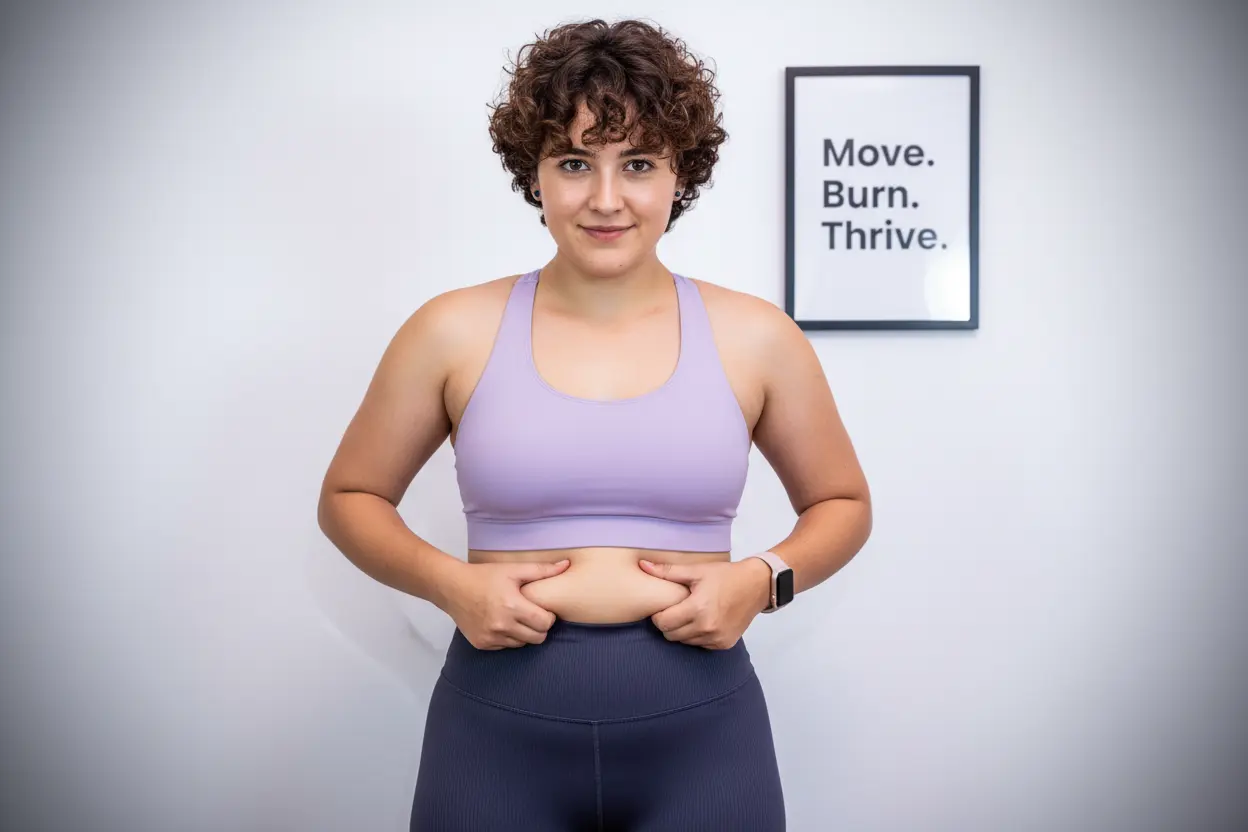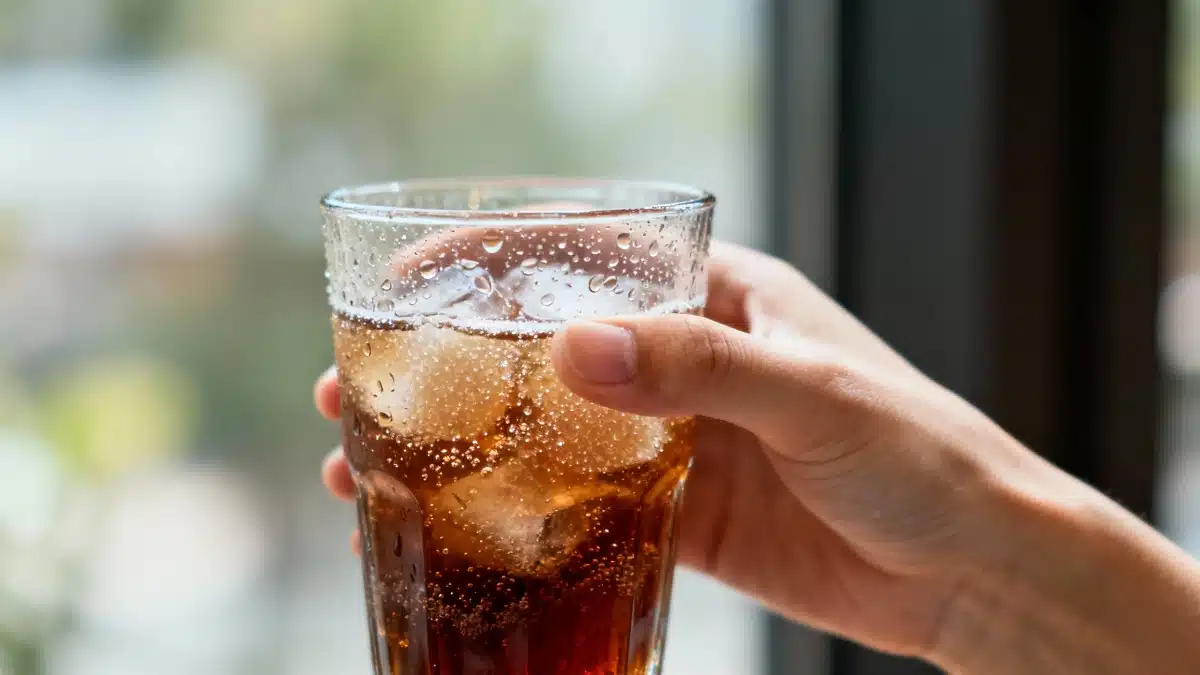If there’s one villainous fat that keeps experts up at night, it’s visceral fat—the kind that loves to camp out around your organs. Forget the pinchable love handles; this is the sneaky, ‘invisible’ fat inside your belly, and it’s got a bad reputation for being both stubborn and risky. So, what really melts visceral fat faster than anything else? Get ready for some hard truths, expert tips, and no quick-fixes—because the solution is a marathon, not a sprint!
Visceral Fat: The Dangerous Belly Guest
First things first: not all fat is created equal. While extra weight anywhere comes with its own set of troubles—increased risk of diabetes, cardiovascular diseases, and a parade of other health issues—visceral fat is truly in a league of its own. This fatty tissue cuddles up under your abdominal wall muscles, right in the midst of your liver, stomach, and intestines. Its proximity to vital organs is exactly what makes it so hazardous.
Unlike subcutaneous fat (the kind under your skin) or intramuscular fat (found in your muscles), visceral fat is the one most tightly linked to chronic diseases, no matter your overall body weight. In 2019, major cardiovascular research organizations warned us about this: visceral fat is the fat most closely tied to dangerous, long-lasting health problems—and because it’s harder to see or diagnose, it’s all the more sneaky.
Part of the problem? Visceral fat doesn’t just stick around quietly. It pumps out substances called cytokines, which are pro-inflammatory chemicals that can raise your blood pressure and increase the release of bad cholesterol into the bloodstream. This chemical cocktail boosts your risk for type 2 diabetes and heart disease far more than fat stored elsewhere.
How to Know If You’re at Risk
Got an apple-shaped body (think: larger waist, slimmer hips and thighs)? You’re at higher risk than those with a pear shape, who carry more squish on the hips and thighs. The most obvious sign of excess visceral fat is that classic apple silhouette, when your waist circumference outstrips your thighs.
To figure out your health risks, experts suggest measuring your waist-to-hip ratio (WHR). Divide your waist size by your hip size: for example, a waist of 80 cm and hips of 90 cm yields a ratio of 0.89. Generally, shedding pounds is advisable if your waist is above 94 cm (men) or 80 cm (women). But a red flag goes up if men tip over 102 cm, or women over 88 cm—they should check in with a doctor.
The Winning Formula: Beyond Crunches and Quick Fixes
What really works to melt away visceral fat? Sad but true: spot-reducing fat (with legions of sit-ups and crunches) won’t do the trick. Those just tone underlying muscles—they won’t specifically target that deep belly fat. Here’s what does make a difference:
- Combine healthy eating with more activity. Developing muscle mass over fat mass is the name of the game.
- Aerobic exercises and resistance workouts—yes, including high-intensity interval training (HIIT)—for at least 80 minutes a week have been shown to make a significant dent in visceral fat.
- Reduce processed foods. Industrial, processed products are calorie-dense and not your belly’s best friend. Opt for homemade cooking and balanced meals whenever you can.
- Mind those sneaky lifestyle saboteurs like stress, lack of sleep, and smoking. Sustainable fat loss demands tackling all fronts.
Factors beyond your control—genes, aging, and hormones—also play a role. For example, menopause can increase visceral fat, and chronic stress can spell trouble by raising cortisol, the stress hormone. Cortisol cranks up fat storage around your belly and makes energy-dense foods all the more tempting.
- Cut back on alcohol—it’s sugar-laden and can expand your waistband faster than you’d expect.
- Quit smoking, since nicotine messes with your hormones and distribution of body fat.
- Good sleep matters! Aim for 7–9 hours; poor sleep upsets hormones that control appetite and weight.
If you’ve ticked every healthy habit box and still struggle, don’t panic. Sometimes, medical or even surgical treatments (like bariatric surgery) may be needed, especially if menopause or other underlying causes are to blame. When in doubt, consulting a specialist is the smart move.
Pitfalls to Avoid on Your Anti-Belly Fat Quest
- Very restrictive diets can slow your metabolism and leave you nutritionally depleted—plus, they often lead to quick rebound weight gain (hello, yo-yo effect).
- Muscle-targeted exercises alone (like crunches) just don’t target belly fat—they only strengthen the muscles beneath.
- Poor sleep and chronic stress work against your waistline. Meditation, yoga, or simply winding down can be part of your arsenal.
- Too much alcohol adds hidden sugars and calories—reserve it for special occasions.
- Not drinking enough water may slow your metabolism and increase cravings—keep that water bottle handy!
- Physical activity can’t outrun a poor diet—the magic happens when the two work together.
Final Thought: Losing visceral fat is no miracle cure, nor will it happen overnight. It’s a journey—sometimes long, sometimes bumpy—often requiring you to rethink habits, tackle stress, and sometimes reach out for professional support. Many routes can lead to your healthiest self, so don’t go it alone. If you’re stuck, lean on a support system tailored for you. Who knows, you might just say goodbye to that stubborn belly guest sooner than you think!

John is a curious mind who loves to write about diverse topics. Passionate about sharing his thoughts and perspectives, he enjoys sparking conversations and encouraging discovery. For him, every subject is an invitation to discuss and learn.






